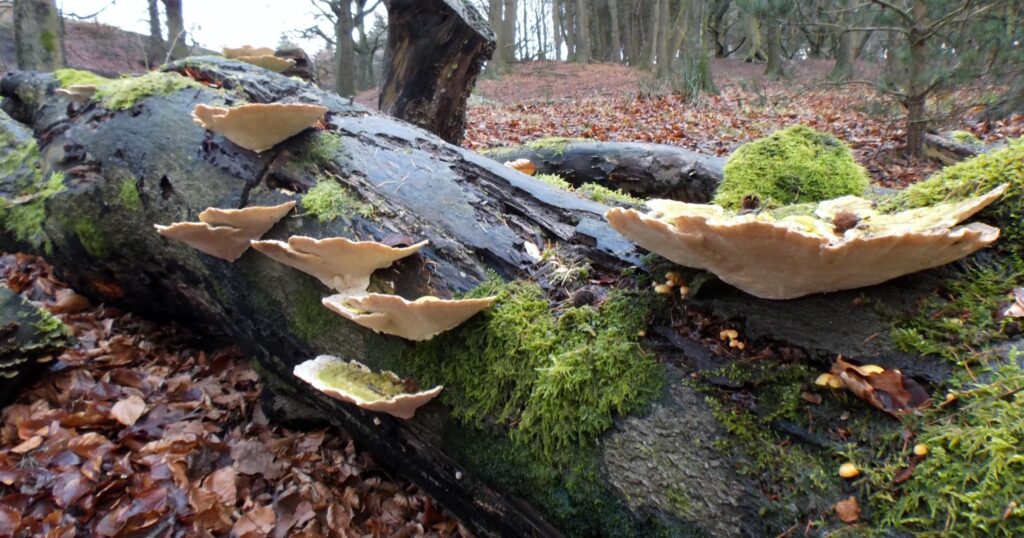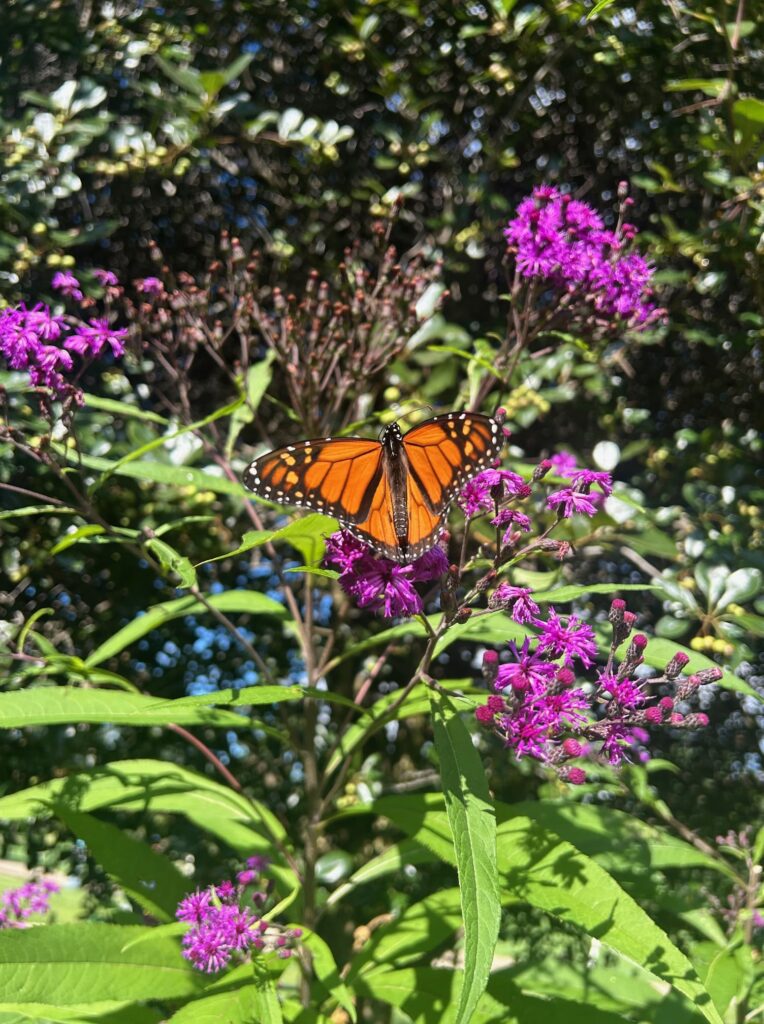It is a surprisingly hard question in conservation biology: what to conserve? Various programmes and projects may focus either on individual species or important habitats. Recently, there is growing interest in trying to conserve ‘systems’ and ‘functions’. We intuitively feel that these are the best, and yet the most abstract solutions. How to protect an ecological function or an ecosystem?
Somewhere at the intersection of all of the above approaches, there lies the management of highly important species. These include keystone species (having a disproportionately large effect on others, compared to their biomass), umbrella species (living in a large habitat providing shelter for many other species if they are protected) and flagship species (characteristic species conservation efforts can be focused around them). If these species have healthy, stable populations, we may expect many others to feel well too (the majority of the community, across a large area). So, the challenge seems to be to find the adequate species for conservation practice.
Currently, many species are already protected, of course, typically because they are rare. But there is a tricky relationship between importance and rarity. Probably most of the rare species are not really important anymore in maintaining the various ecological functions their ecosystems perform. For e.g., flowers are mostly pollinated by abundant pollinators; the contribution of the rarest pollinator species is much less because they are rare. Great exceptions are sharks: most of the shark species are very rare and live at the brink of extinction, still, they seem to be highly important and absolutely non-replaceable. Their major role is to keep the number of their prey low. On the contrary, the extinction of many Red Data Book species would cause probably no ecological catastrophe (major, cascading, community-wide effects). Their conservation is also critical – primarily not for ecological but for moral, ethical reasons: it is our shared responsibility not to kill thousands of species, out of ignorance.
But how to define importance? Many important species are thought to be important because their extinction is supposed to cause many others to die, too. This is mostly because individual species do not live separately in nature but they are interwoven by a complicated web of interactions. Most species have predators, preys, mutualists, facilitators and competitors. So, important species may have a relatively rich interaction network around them. Simple mathematical tools of network analysis seem to help to identify the most important species. Recently, there is a great interest in how to adapt these techniques for better understanding ecological problems, i.e. which methods are mostly helpful in the quest for keystones. For example, there are network analytical techniques to quantify the relative strength of direct and indirect interactions a particular species have on others. An example of indirect interaction is trophic cascade: the big fish may have a positive effect on zooplankton, simply by eating the small fish. If there are more big fish, there will be less small fish and more zooplankton remains. Several types of indirect effects have been described and analysed in great details. Based on network metrics, it is possible to rank species based on the richness of their interaction structure, and to suggest protecting the first ones in the rank. To put it very simply, they are the hubs in food webs.
However, if species are analysed and characterised one by one, even as members of a network, it is not really a community-level approach. Modelling the synchronous extinction of two or three species reveals that their interaction networks can strongly overlap. This means that they play redundant, overlapping roles in the ecosystem, so even if they all are very important, it is not reasonable to focus conservation efforts on all of them. Instead, it can be studied and quantified which group of species plays the most important but least redundant roles in the community. The basic structure of the interaction network will partly determine to what extent particular conservation efforts focusing on individual species can help each other. Efficiency can be limited by community structure and it would be interesting to recognise these ecological constraints.
The authors of the cited paper present these techniques and discuss the perspectives of this approach in conserving real (not model) communities. These are plant-pollinator communities facing the current pollination crisis: as natural habitats are more and more fragmented, the behaviour of several pollinator species have changed. Plants cannot reproduce without their pollinators, and the loss of pollinators in certain areas already has measurable effects on plant populations. In order to better understand and manage the pollination crisis, it is imperative to try to protect this ‘ecosystem function’ (pollination) instead of focusing conservation efforts on certain rare species. As the main aim is to maintain the network of plant-pollinator interactions, the relevant question is — which species are the most important ones in keeping the community together (i.e. the loss of which species would cause the worst effect)? From this system-based view, different species seem to deserve the attention of conservationists. The key message is that we have to pay much more attention to important species, even if they are not necessarily too rare, while we all want to protect the rarest ones, too. Protecting abundant species is not typical, but its significance is increasingly recognised. For example, the role and importance of copepods in subarctic waters is well known, and they attract more and more interest of conservationists. In certain ecosystems, not less than 95% of carbon atoms are transferred by a single copepod species from the bottom to the top of the food web. In short, many top predator
(including whales, tuna and penguins) feed on a single species. According to the words of Edward O. Wilson, these invertebrates are among “the little things that run the world”. Sexy mammals and birds must be accompanied by small invertebrates on our to-do-lists. But by no means replaced.
Originally published as:
Benedek, Z., F. Jordán and A. Báldi. 2007. Topological keystone species complexes in ecological interaction networks. Community Ecology 8:1-8.





